Catching Up: Weather Is Weird... TWWN Continues... 80 Meter Woes...
Catching Up: Weather is weird... TWWN continues... 80 Meter woes...
-=> Weather is just plain odd around here. We’re supposed to get up to 7 inches of snow, but nothing so far. Here in town it’s actually pretty nice
Out in the country it’s a different story. Not snowing, but 30+ MPH winds are whipping the snow we do have into near blizzard like conditions in some areas. Went down to Stockbridge to my favorite coffee shop, Mud Creek, and if I hadn’t been driving the Jeep I don’t think I would have made it. Was bucking drifts a foot or more deep in some areas, and visibility was down to just a few feet in places.
Problem with the Jeep is I get overconfident. I was bashing along around 40 mph in four wheel drive, and nearly lost it when I nailed a 2 foot deep drift. Wouldn’t have been a problem if I’d been driving slow, but at 40 the front end wiped out and I nearly went sideways before I got it straightened out again. Needless to say, I slowed down a bit after that.
So, snow storms today, and by Thursday it’s supposed to be 40 degrees and raining.
Sigh…
Noticed they got the street dug up just down the road from the house here. Another water main break. Must be the fifth one we’ve had in town in the last two months. Feel sorry for the water utility guys. And I stocked up on bottled water just in case…
-=> Work on The World’s Worst Novel continues unabated. I’ve been having way too much fun with this thing. It’s an SF novel in the worst sense of the word, harking back to the old space opera days with ridiculous space battles, paying very little attention to whether or not the ‘science’ bears any relationship to actual physics. It’s also gotten very, very dirty. Well, not by modern standards. Compared to modern fiction it’s actually pretty mild, but for me… I keep wondering where this stuff comes from.
Curiously, I just realized that almost all of the main characters are female. The protagonist is female, her spouse is female, almost all the heads of government are female… Not sure why. Didn’t do it deliberately.
-=> Amateur Radio stuff… I have, alas, been doing very little of late except listening. I’ve discovered that my Comet vertical antenna is total crap below about 20 meters or so, which is understandable when you look at how the thing is built. Most of the energy going into the thing, especially at lower frequencies, is never getting into the air. Frankly, it’s surprising I can get a decent SWR at all with the thing on the lower bands. I ran some generic calculations and if I got the formulas right (which I probably didn’t) if I put 200 watts into the thing down at 3.8 mHz I’m lucky if I get 20 out of it.
Weather has been so nasty I’ve never even tried to get the dipole up. For one thing, mounting it is going to be a problem. I’m going to have to put up some kind of mast to try to get the center of the thing up to around 35 feet, and then it’s going to have to be configured as an inverted V because there’s nothing I can hook the ends to.
I picked up a Gap Titan multi band vertical that I’m going to give a try. It’s far more efficient than the Comet and even better, I can finally use my big amplifier with it. It’s rated to handle 1,500 watts so I can finally fire up the Ameritron. If it works, that is. Considering Ameritron’s reputation, you never know what’s going to happen. I talked to a guy who used to sell the things and they’d go through every one before they sent it out because they were having a 25% failure rate straight form the factory. I looked it over carefully when I put it together and didn’t see any obvious issues, and it does come up in standby mode, but until I actually try using it, whether it’ll work or not is anyones guess.
From what I’ve been hearing, the Titan has some issues when it comes to tuning it to work on the various bands. One fellow I talked to told me he never could get the thing down to a reasonable SWR on 80 meters. Other people tell me they had no problems at all. So we’ll see. SWR doesn’t bother me that much. I’ve got a massive Palstar auto tuner that can handle up to 2,000 watts output to hang behind the Ameritron.
I really wish now that I’d spent a little bit more and gone for the solid state amplifier rather than the tube based one. The solid state amps are a lot easier to work with. They’re pretty much plug and play, just turn them on, select the band you want, and go. Tube amps are fussy, requiring a lot of fiddling whenever you change bands, even changing frequencies. It’s easy to mess them up and end up blowing a $300 tube. Still, it was almost a grand cheaper than the solid state amp I was looking at, so we’ll see.
More Posts from Astrotidbits-blog and Others
Explain this to me...
“Quantum cryptography uses the quantum properties of photons to guarantee perfect secrecy. But one of its lesser known limitations is that it only works if Alice and Bob are perfectly aligned so that they can carry out well-defined polarization measurements on the photons as they arrive. Physicists say that Alice and Bob must share the same reference frame. That’s OK if Alice and Bob are in their own ground-based labs, but it’s a problem in many other applications, such as ground-to-satellite communications or even in chip-to-chip communications, because it’s hard to keep chips still over distances of the order of the wavelength of light. Now a group of UK physicists have developed a way of doing quantum cryptography without sharing a reference frame. The trick is to use entangled triplets of photons, so-called qutrits, rather than entangled pairs. This solves the problem by embedding it in an extra abstract dimension, which is independent of space. So, as long as both Alice and Bob know the way in which all these abstract dimensions are related, the third provides a reference against which measurements of the other two can be made. That allows Alice and Bob to make any measurements they need without having to agree ahead of time on a frame of reference. That could be an important advance enabling the widespread use of quantum cryptography.”
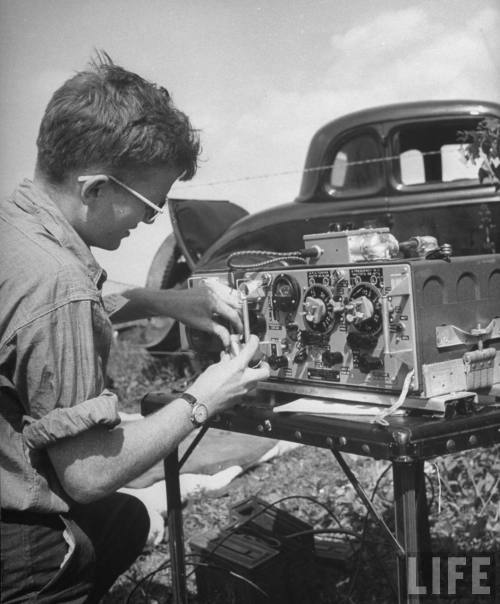
Ham radio operator taking part in a field day
(Walter B. Lane. 1946)
“The images we see can only be “beautiful” or “real-looking” because they have been heavily processed, either by neural machinery or by code (in which case, both), operating below our threshold of consciousness. In the case of the software, this processing relies on norms and aesthetic judgments on the part of software engineers, so they are also unacknowledged collaborators in the image-making. There’s no such thing as a natural image; perhaps, too, there’s nothing especially artificial about the camera.” art in the age of machine intelligence — Artists and Machine Intelligence — Medium https://medium.com/artists-and-machine-intelligence/what-is-ami-ccd936394a83
(via mikerugnetta)
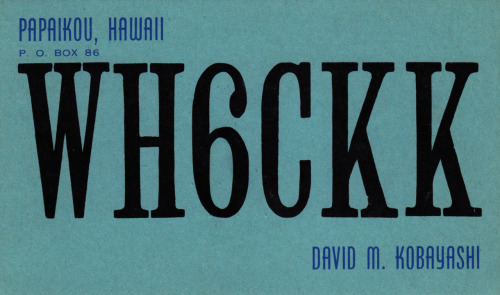
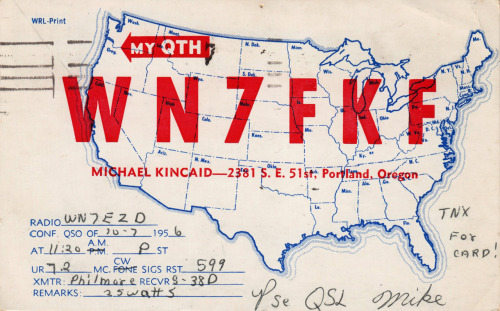
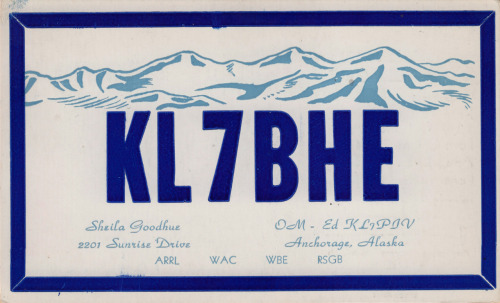
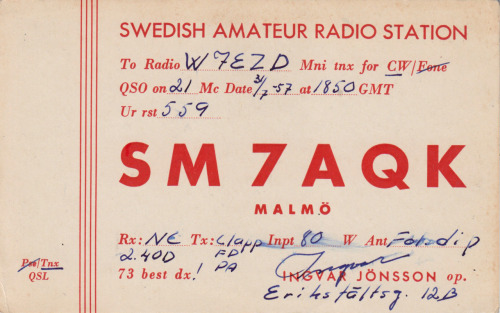
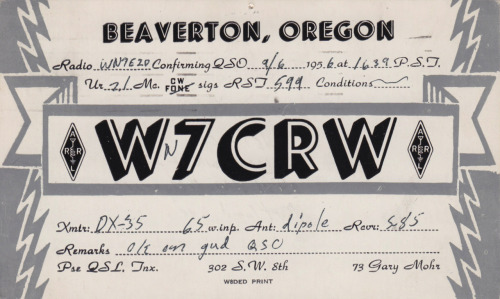
QSL cards confirm either a two-way radiocommunication between two amateur radio stations or a one-way reception of a signal from an AM radio, FM radio, television or shortwave broadcasting station. They can also confirm the reception of a two-way radiocommunication by a third party listener. A typical QSL card is the same size and made from the same material as a typical postcard, and most are sent through the mail as such.
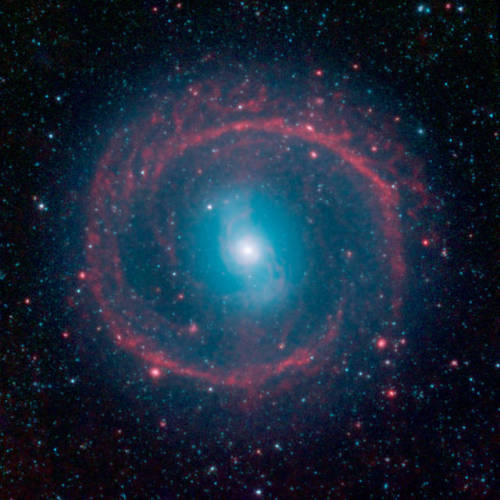
NGC 1291 This 12 billion year old barred galaxy is located in the Eridanus constellation. Young stars dot the outskirts of the galaxy (shown in red) and older stars reside in the center (shown in blue).
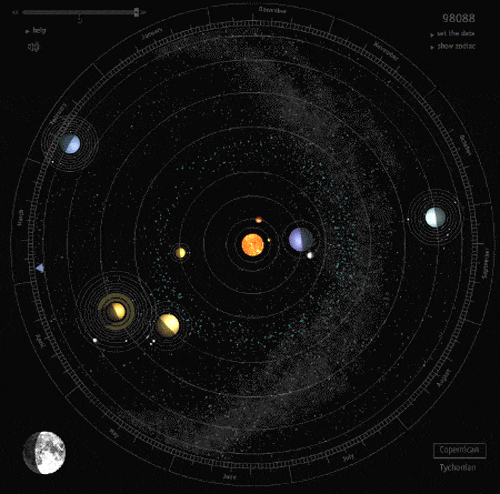
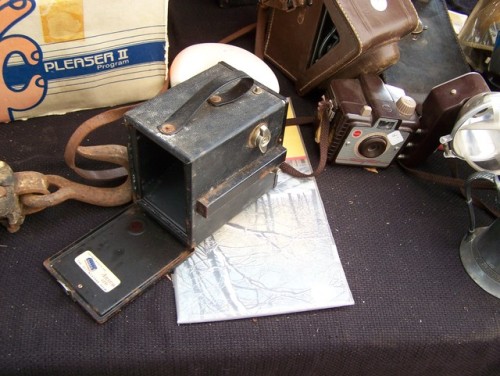
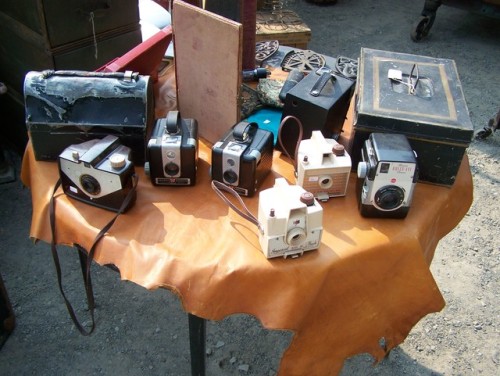
Cameras, cameras, and more cameras. Cameras!
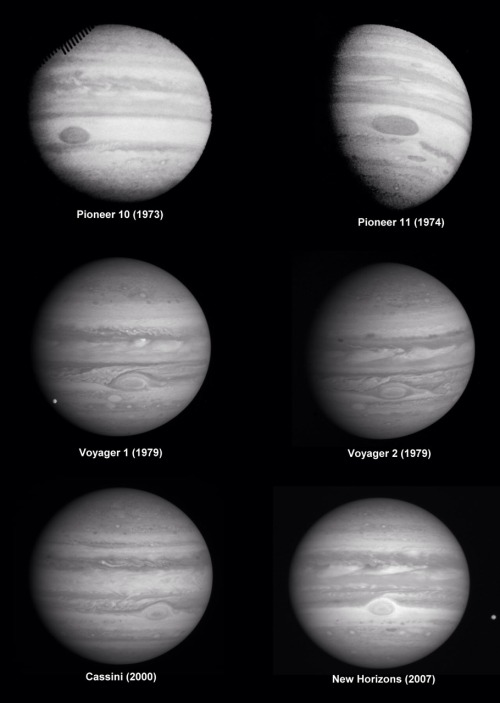
Jupiter as seen by six different spacecraft.
NASA / JPL / SSI / JHUAPL / SwRI / Björn Jónsson
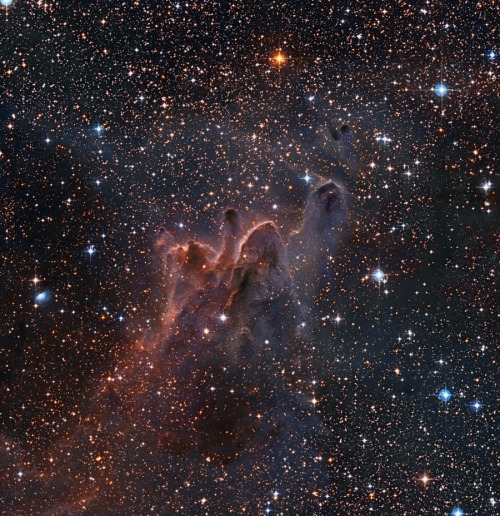
Cometary Globules
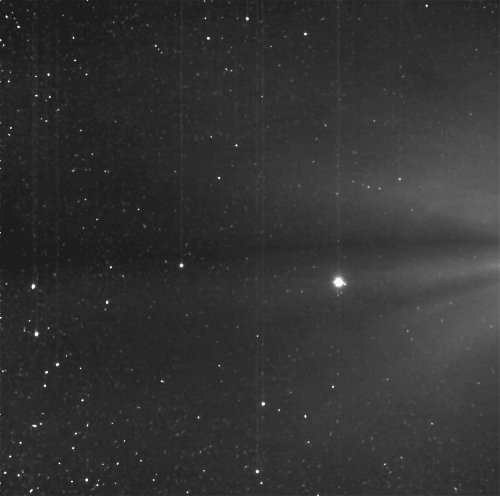
Stars, Mercury, and Solar Corona
By Stereo A
January 2nd & 3rd, 2009
-
 astrotidbits-blog reblogged this · 7 years ago
astrotidbits-blog reblogged this · 7 years ago -
 astrotidbits-blog liked this · 7 years ago
astrotidbits-blog liked this · 7 years ago -
 southcarolinawoman liked this · 11 years ago
southcarolinawoman liked this · 11 years ago -
 zeroisaplaceholderzero reblogged this · 11 years ago
zeroisaplaceholderzero reblogged this · 11 years ago